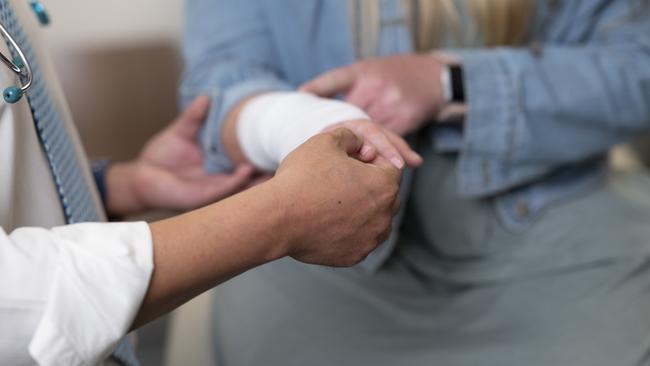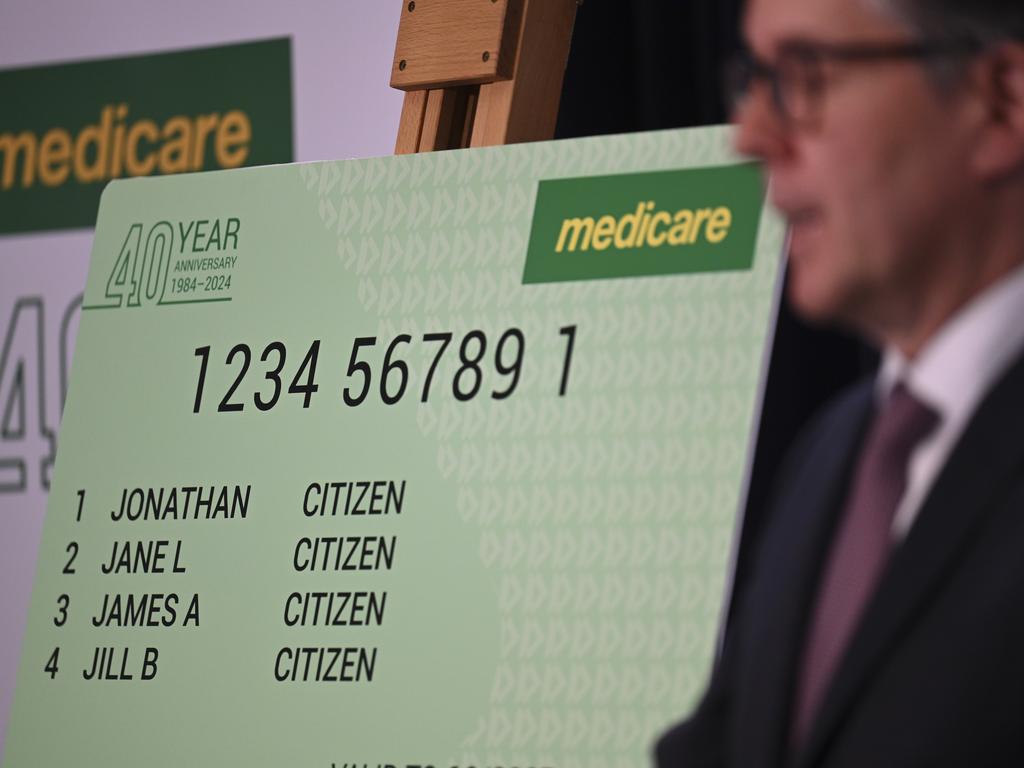All 151 electorates dipped in bulk-billing rate since ALP came to power
Not one electorate in the country had recorded an increase in GP bulk-billing rates since Labor came to power, analysis shows.

Not one electorate in the country had recorded an increase in GP bulk-billing rates since Labor came to power, analysis shows.
The revelation comes despite government efforts to boost the bulk-billing rate across the country, including a $3.5bn investment at the end of 2023 to triple the bulk-billing incentive for vulnerable groups.
The outer-metropolitan West Australian electorate of Pearce – represented by Labor’s Tracey Roberts and one of four WA seats Labor picked up in 2022 – recorded the largest drop since the Albanese government came to power, going from a 90.2 per cent rate in 2021-22 to 69.6 per cent in 2023-24, a 20.6-percentage-point drop.
The outer-metropolitan seat of Chifley in NSW – represented by Industry and Science Minister Ed Husic – has the highest rate of bulk billing in the country at 98 per cent. It was at 99.3 per cent in 2021-22.
The 2023-24 financial year was the first time that the bulk-billing rates for non-referred general practitioner visits – the standard used by the Health Department – dipped below 50 per cent in any electorate: Canberra recorded 48.6 per cent.
This means that increasing numbers of Australians are paying out of pocket for healthcare.
This bears out in the figures as well. The average contribution per GP visit went from $42.25 in 2021-22 to $44.89 in 2023-24. Overall, the bulk-billing rate dropped from 88.3 per cent in 2021-22 to 77.3 per cent in 2023-24.
This meant that, overall, Australians received about 40 million fewer bulk-billed GP visits in 2023-24 than in 2021-22, and 24.8 million non-referred GP visits.
Opposition health spokeswoman Anne Ruston said it was “seriously concerning” that the bulk-billing rate had gone backwards in every electorate since Labor’s win, “particularly in the middle of a cost-of-living crisis”.
“It has never been harder or more expensive to see a doctor than under the Albanese government, and data from the Department of Health continues to confirm this damning fact,” she said. “Despite all of Labor’s promises, grandstanding and lies, Medicare has only been weakened under their watch. General practices are largely small businesses just like others across the country who are struggling with the rising cost of doing business under Labor, as well as from serious unaddressed workforce shortages.
“We know that this is forcing Australians in skyrocketing numbers to avoid seeing a doctor because they just cannot afford it, which is why we have seen tens of millions less GP services provided under this government.”
The Australian’s analysis of the department data, which was released on questions on notice from the latest round of Senate estimates, shows that the bulk-billing slump is worst in the country’s wealthiest electorates.
While bulk billing was traditionally strongest in poorer electorates and weakest in wealthier ones, that trend has become more pronounced. The government has accused the Coalition of harbouring plans to cut down on Medicare were it to gain power as part of its broad cuts in public spending.
Health Minister Mark Butler accused Peter Dutton of having previously tried to “abolish bulk billing altogether” when he was health minister and said bulk billing was in “free fall” when Labor came to power.
“The data was over-inflated because of Covid-related items that needed to be bulk billed during the pandemic, like PCR tests and vaccines,” he said.
“Our record investment to strengthen Medicare has stopped that freefall in bulk billing. New Medicare billing data shows the Albanese Labor government’s record investment to strengthen Medicare has created an additional six million bulk-billed GP visits between November 2023 and December 2024.”







To join the conversation, please log in. Don't have an account? Register
Join the conversation, you are commenting as Logout